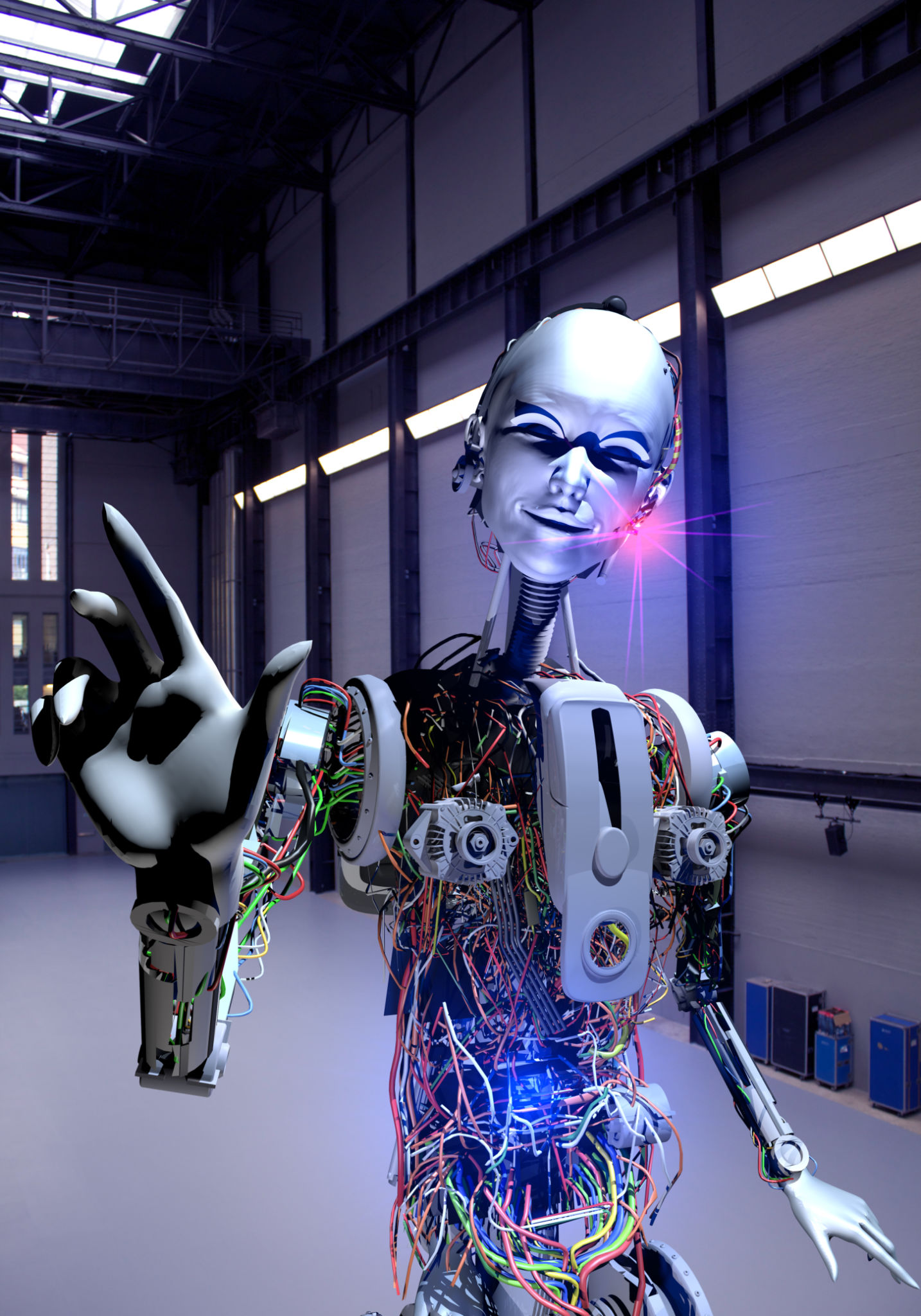Innovative Robotics Solutions: Beyond Fanuc Automation
Exploring the Future of Robotics
In the rapidly evolving landscape of industrial automation, robotics continues to be a cornerstone of innovation. While Fanuc has long been a dominant player in the field with its robust automation solutions, the industry is witnessing a surge of new entrants offering innovative robotics solutions that promise to transform how industries operate. These advancements are driving a new wave of efficiency and productivity improvements that go beyond traditional automation.
From collaborative robots (cobots) that work alongside humans to advanced AI-driven systems, the scope of robotic applications is expanding at an unprecedented pace. This expansion is not just limited to manufacturing but extends to sectors such as healthcare, logistics, and agriculture, among others. The versatility and adaptability of modern robotic solutions are opening doors to endless possibilities.

The Rise of Collaborative Robots
Collaborative robots, or cobots, are designed to work safely alongside human workers, fostering a more integrated and efficient workplace. Unlike traditional industrial robots that operate in isolation due to safety concerns, cobots are equipped with advanced sensors and AI capabilities that allow them to interact with humans in a shared space.
These robots are increasingly being used in tasks that require precision and flexibility, such as assembly lines and quality control. The ability to quickly adapt to different tasks makes cobots an attractive option for businesses looking to enhance productivity without compromising on safety.

AI-Driven Robotics
The integration of artificial intelligence into robotics is another groundbreaking development. AI-driven robots can learn from their environment and experiences, making them highly adaptable and capable of performing complex tasks with minimal human intervention. This adaptability is particularly beneficial in unpredictable environments where traditional automation may fall short.
Industries such as logistics are leveraging AI-powered robots for tasks like sorting, packing, and inventory management. These intelligent systems can optimize processes by analyzing vast amounts of data in real-time, leading to significant efficiency gains.
Robotics in Healthcare
Beyond industrial applications, robotics is making significant inroads into the healthcare sector. Surgical robots, for example, are transforming operating rooms by providing surgeons with enhanced precision and control during procedures. These robots can perform minimally invasive surgeries with greater accuracy, reducing recovery times for patients.

Additionally, robotic solutions are being used for rehabilitation and assistance. Robots designed for physical therapy can provide personalized treatment plans and monitor patient progress, offering a new level of care and attention. As the demand for healthcare services continues to rise, robotics may play a crucial role in meeting these needs efficiently.
Robotics in Agriculture
Agriculture is another sector that stands to benefit immensely from innovative robotics solutions. From autonomous tractors to drones monitoring crop health, technology is revolutionizing how food is produced. Robots equipped with sensors and cameras can gather data about soil conditions, plant health, and yield forecasts, enabling farmers to make informed decisions quickly.
This precision agriculture approach not only enhances productivity but also contributes to sustainable farming practices by minimizing resource wastage. As global food demand grows, robotics will be instrumental in ensuring that agricultural operations are efficient and environmentally friendly.

Conclusion: A New Era of Automation
The future of robotics promises a new era of automation that extends beyond the capabilities of traditional systems like those offered by Fanuc. With advancements in AI, collaborative robots, and specialized applications across various sectors, the potential for innovation is limitless. Businesses embracing these new technologies are likely to find themselves at the forefront of efficiency and productivity.
As industries continue to explore these cutting-edge robotics solutions, the boundaries of what is possible will continue to expand, paving the way for a more automated and connected world.
